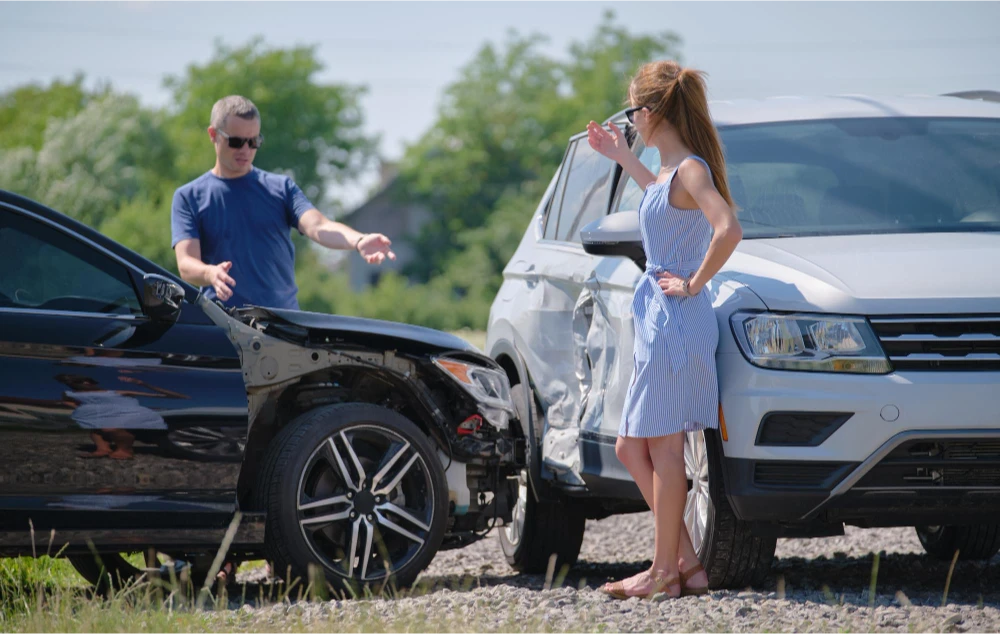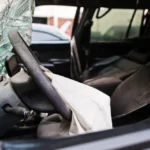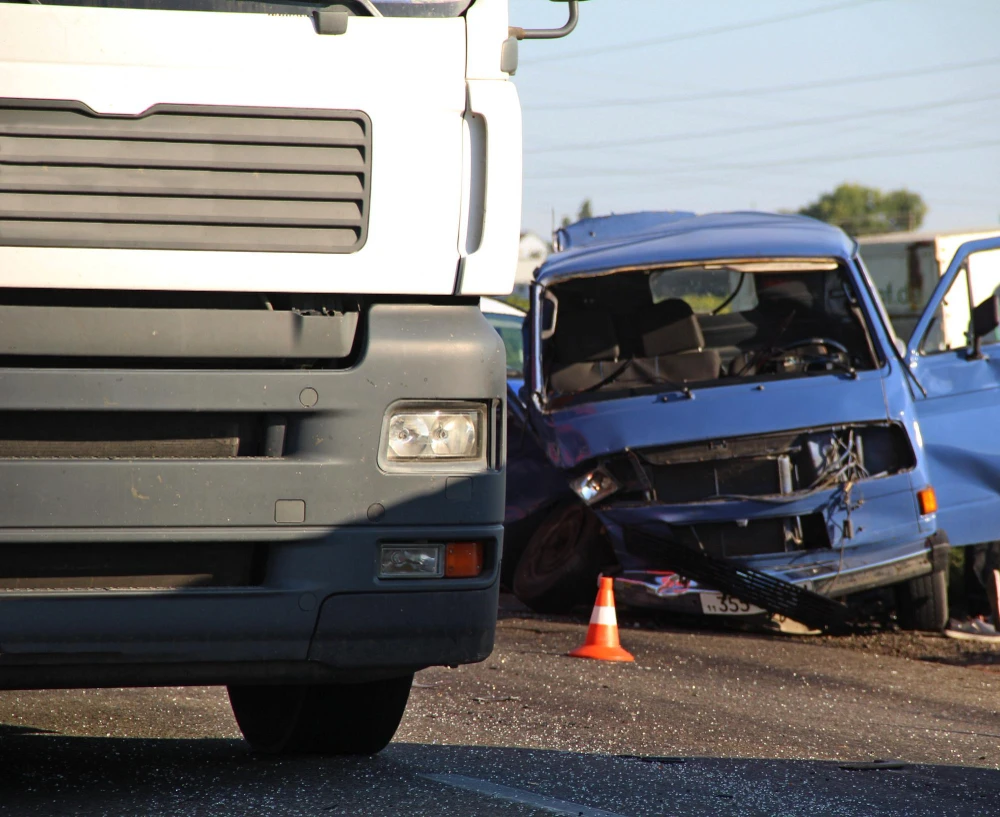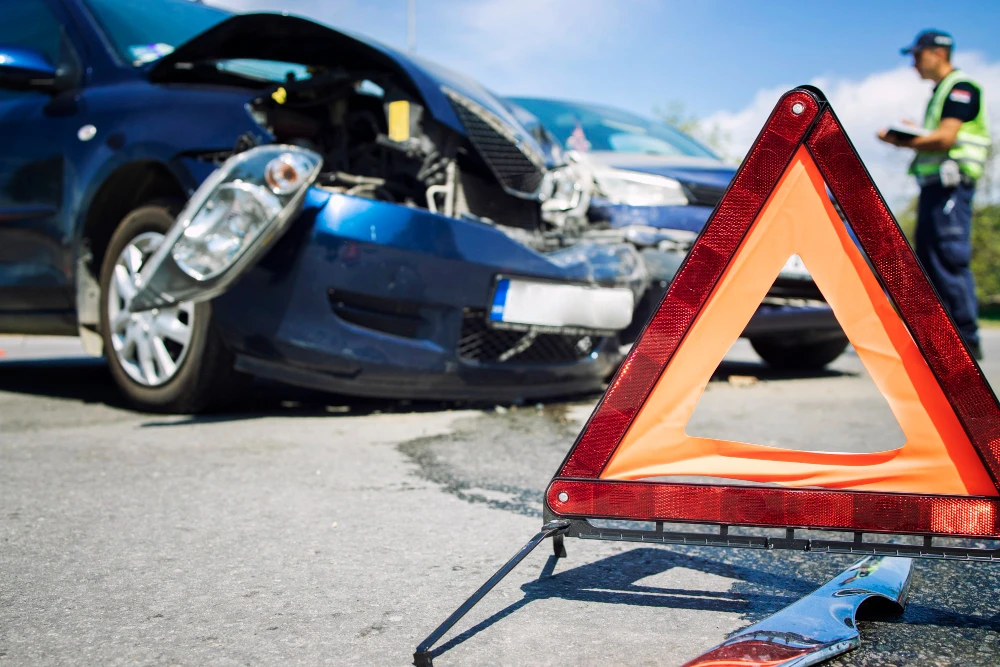Who's Responsible for a Chain Reaction Car Crash in Houston?
Especially in a chain-reaction crash involving several vehicles, getting into an automobile accident can be extremely overwhelming and stressed. A frequently asked question after such an accident is: Who’s Responsible for a Chain Reaction Car Crash in Houston? In a chain reaction car crash in Houston or anywhere else, it’s not always so clear. People often think that the driver who caused the first collision is necessarily guilty, but this couldn’t be further from reality.
Actually, deciding who’s to blame in these cases can be rather problematic. It entails analyzing several factors, including the actions of each driver and the nature of the collision. yes, the driver who first got things started by acting innocently or carelessly is partially responsible. This might include types of behavior such as speeding, running red lights, text-messaging while driving or tailgating.

Negligence and Fault:
Negligence and fault In the case of any chain reaction car crash, including this one in Houston, determining responsibility requires establishing negligence and fault. The driver who caused the chain reaction through his own negligence or recklessness is often viewed as being most at fault in such accidents. Examples of ordinary negligence include speeding, failing to stop at a red light or sign, texting behind the wheel (the distracted driving variety), and tailgating.
To establish somebody’s negligence, your car accident lawyer must have evidence such as witness statements, police reports or video footage from traffic cameras or dashcams. Eyewitness testimony is especially useful in putting together the chronology of events leading up to the crash. Also, forensic evidence such as skid marks and damage patterns on the vehicles may be able to reveal responsibility.
The comparative negligence rule is used in Texas. This means that even if you had a small part of the blame for the accident, you may still receive compensation. Your compensation would be reduced however depending upon how much fault was yours. If the court decides that your degree of fault is 51 % or more, you may not be able to collect damages.

Contributory Negligence:
The modified comparative negligence rule which applies in Texas is also known as proportionate responsibility. Under this rule, different parties may be held liable for an accident. Recognizes that in a chain reaction collision, more than one driver may be responsible.
Let us say this first driver was speeding and then hit the car in front of him. But the second driver was following too close behind the first, so he couldn’t stop in time. In this case, the first and second drivers could both be liable for a chain reaction crash. What degree of obligation would be assigned to each party depended on the details and evidence in a given case.
Under the laws of Texas, if your degree of fault is equal to or greater than that for all other parties concerned in the chain-reaction collision described hereinabove, you may not recover damages. Therefore, it is necessary for those who are injured in a chain reaction accident to understand how comparative negligence operates.
Multiple Parties:
A typical chain reaction car crash often involves several parties, each bearing a different burden of fault. The chain of events leading to the collision can be lengthy and complicated, with many drivers all involved.
For example, a chain-reaction crash could start with the first driver rear-ending another vehicle because he was speeding. Later, the second driver following too closely could crash into first. Responsibility could be allocated to several parties in such cases. Though the first driver may have been mainly responsible for causing the collision, and contributed much more directly to it than did his dinner-party companion in time later on
Bottom Line:
In conclusion, we can say that you need to hire a legal attorney when you are involved in such an incidence. Mokarram law has really competent lawyers. For free consultation, call us at (281) 609-9224
Recent Posts
-
 26 Jan 2024Electric Vehicles and Road Safety: Navigating the Impact on Car Accidents in 2024?
26 Jan 2024Electric Vehicles and Road Safety: Navigating the Impact on Car Accidents in 2024? -
 26 Jan 2024What are the three types of collisions that occur during a motor vehicle crash?
26 Jan 2024What are the three types of collisions that occur during a motor vehicle crash? -
 26 Jan 2024How are truck accidents different than car accidents?
26 Jan 2024How are truck accidents different than car accidents? -
 26 Jan 2024What is the difference between a car accident and a car injury?
26 Jan 2024What is the difference between a car accident and a car injury? -
 26 Jan 2024How a Houston Injury Lawyer Can Assist You?
26 Jan 2024How a Houston Injury Lawyer Can Assist You? -
 26 Jan 2024When Can Kids Ride in the Front Seat of a Car in Texas?
26 Jan 2024When Can Kids Ride in the Front Seat of a Car in Texas? -
 19 Jan 2024Risks of Running Red Lights in Houston, Texas
19 Jan 2024Risks of Running Red Lights in Houston, Texas -
 19 Jan 2024Estimating Compensation After a Houston Car Accident
19 Jan 2024Estimating Compensation After a Houston Car Accident -
 19 Jan 2024Conquering Driving Fears After a Houston Car Crash
19 Jan 2024Conquering Driving Fears After a Houston Car Crash -
 19 Jan 2024What is the most common injury in a truck accident?
19 Jan 2024What is the most common injury in a truck accident? -
 19 Jan 2024What is the traffic management system for safety in the USA?
19 Jan 2024What is the traffic management system for safety in the USA? -
 19 Jan 20245 Ways Personal Injury Laws May Change in 2024
19 Jan 20245 Ways Personal Injury Laws May Change in 2024



